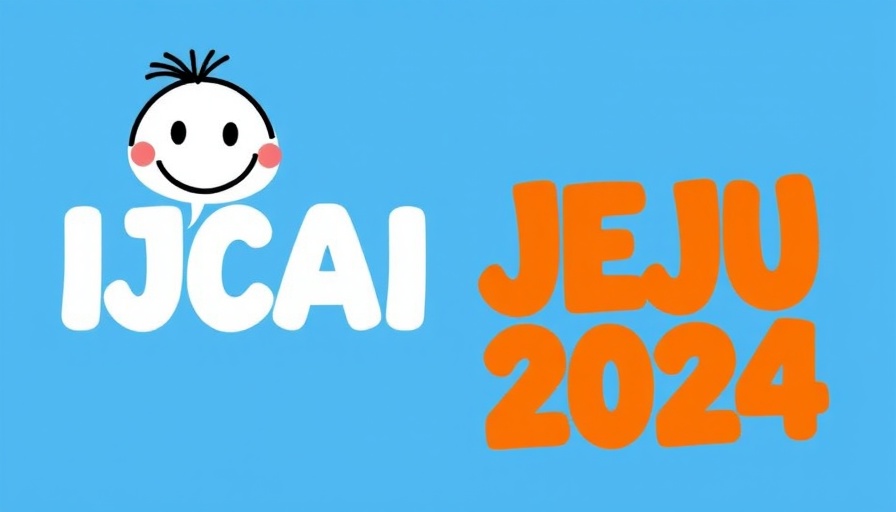
Bridging the Gap: How Effective Communication Can Transform Public Understanding of AI
As artificial intelligence (AI) continues to permeate various aspects of our lives, the need for clear and effective communication about this complex field becomes increasingly vital. A panel session held at the recent International Joint Conference on Artificial Intelligence (IJCAI-24) brought together leading experts, including Michael Wooldridge, Toby Walsh, and Peter Stone, to discuss the challenges and strategies involved in communicating AI concepts to diverse audiences, including policymakers, business leaders, and the general public.
Busting the Myths: Why Communication Matters
Research indicates that effective communication can demystify AI, making it more accessible to non-experts. This is crucial, especially given the rapid advancements in AI technology and its implications for society. The expert panel emphasized that tailored communication is key; different audiences require different approaches. For instance, while policymakers may need concise, impact-focused briefs, researchers must communicate complex data more thoroughly. According to insights from a recent study published in PNAS Nexus, AI-generated summaries can enhance understanding by simplifying language and making information more relatable.
Leveraging AI to Foster Trust
The evolution of AI tools, particularly large language models (LLMs), is not only transforming how we access information but also how trust in scientists and researchers is cultivated. A study highlighted that AI-generated summaries improve public perception of scientists, making them seem more trustworthy. When the public better understands AI and its applications, perception shifts from fear to acceptance, fostering a more informed discourse around technology.
Effective Techniques for AI Communication
During the panel, several techniques emerged as invaluable for effective communication of AI concepts:
- Know Your Audience: Tailor your message for specific demographic and professional groups to ensure clarity and engagement.
- Simplify Language: Utilizing AI like ChatGPT can simplify complex concepts, making them more accessible for general audiences.
- Engage with Visuals: Infographics and videos can facilitate understanding, especially when coupled with concise explanations.
These techniques not only guide the scientific community but also empower CEOs, CMOs, and COOs exploring organizational transformation through AI.
Future Predictions: The Role of AI in Science Communication
As AI continues to evolve, it is likely to revolutionize science communication further. The emergence of AI tools that tailor content to specific audience needs can create a more interactive and engaging discourse around scientific findings. However, this also raises concerns about misinformation and deciphering credible sources amidst a sea of content. Ethical guidelines, such as those proposed for LLMs, must evolve to ensure responsible use in generating public-facing communications.
Actionable Insights: Steps Towards Better AI Communication
For organizational leaders looking to engage with AI effectively, consider these actionable insights:
- Invest in Training: Equip your teams with skills in AI literacy to foster informed communications both within and outside your organization.
- Utilize Diverse Channels: Employ multiple media formats—text, audio, and visual—to reach different segments effectively.
- Encourage Engagement: Foster a culture of open dialogue where feedback is valued, and questions about AI can be openly discussed.
Understanding AI is more than just data and algorithms; it's about breaking down barriers and fostering a collaborative dialogue with the public. As AI technology advances, clear communication will be essential in harnessing its potential to benefit society.
In summary, as we delve deeper into AI, prioritizing effective communication not only informs but transforms public perceptions. In a landscape often fraught with fear or confusion, the clarity provided by researchers and practitioners can cultivate a more informed and welcoming atmosphere for AI advancements. For executives navigating this transition, investing in communication strategies can empower organizations to lead effectively in this AI-driven future.
 Add Row
Add Row  Add
Add 




Write A Comment